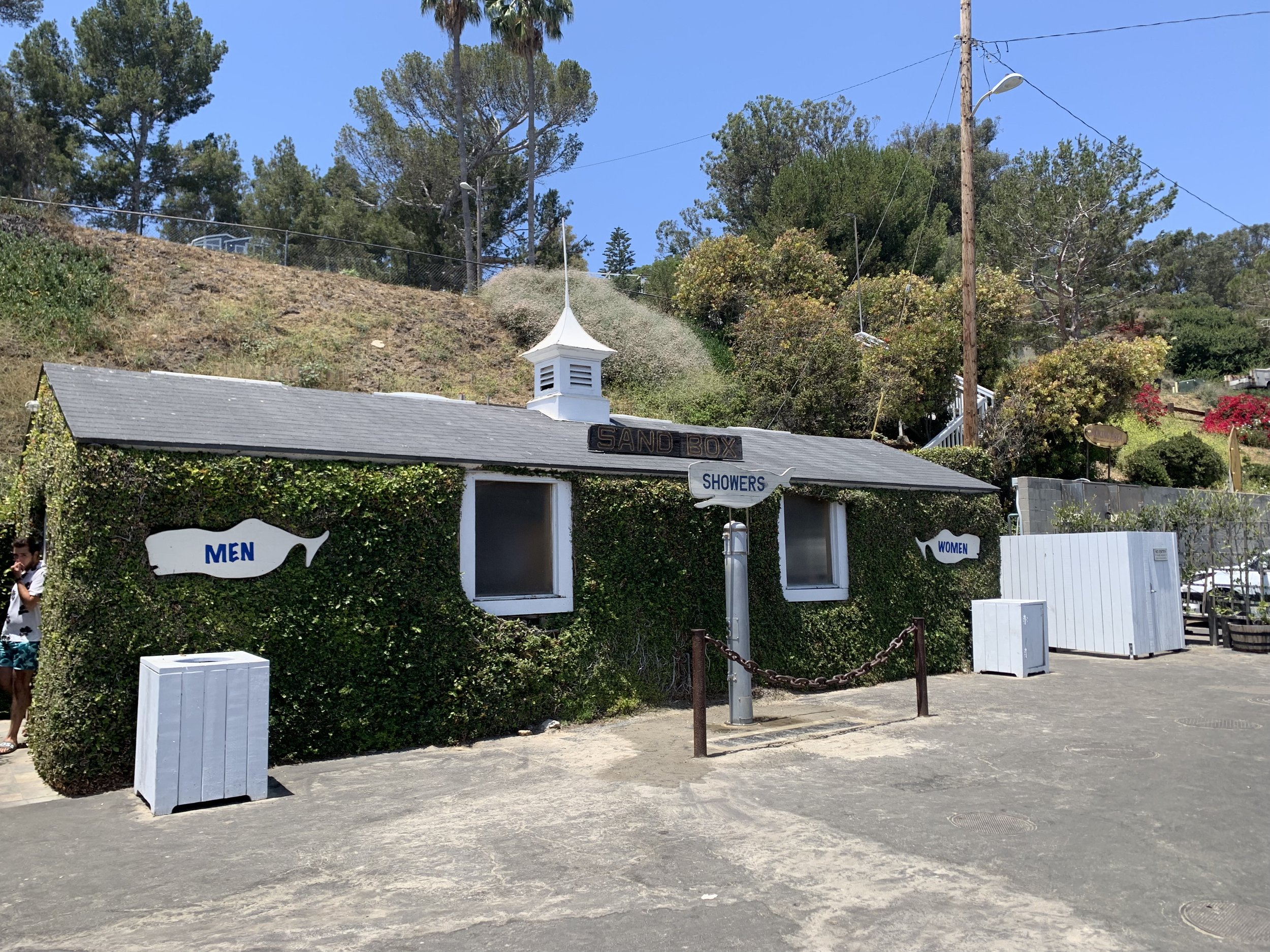Influences: “The Rockford Files”
“Rincon Point” didn’t just come out of nowhere. It is the result of a lifetime affection for the mystery genre, along with other works of fiction. In this series, I’ll explore some of my favorite books, movies, and TV shows, and discuss how they helped shape my own story.
James Garner in a shot from the show’s opening sequence.
Friday the 13th is frequently considered an unlucky day in western cultures, but it was a Friday the 13th evening in September 1974 that “The Rockford Files” premiered on NBC. Given the show’s six-year run, lasting popularity, and the revival movies that ran in the 1990s, I’d say the stigma of bad luck didn’t stick here.
Rockford is simply one of my favorite shows. Ever.
I shot this image of a Rockford Firebird on the 101 driving through the Conejo Valley one day shortly after moving back to California. It was almost as if the show had come to life for a brief moment.
I’ve seen the arguments that the show was little more than an update of star James Garner’s previous hit western “Maverick” for modern audiences. And it’s not inaccurate to say that the detective genre in television took over where westerns were falling off. Nor would it be unfair to point out that Garner always seems to be Garner in his best roles, and these would be two of them.
The ideal of the hero was being subverted as the late ‘60s transitioned into the early ‘70s. One of Garner’s friends and contemporaries, Clint Eastwood, provides a useful example of both the shift from westerns to urban cop stories and the changes in the character of heroes on the screen. Films like “A Fistful of Dollars” and “Dirty Harry” gave us what would be called anti-heroes: characters who might have ended up doing the right thing, but not always out of pure motivations or with approved methods.
Anti-heroes were a cynical take, and their rise in popularity coincides with a culture coming to terms with things like the limits of American power, the nature of personal freedom, and the resilience of an establishment resistant to change. When Rockford debuted, it was after the deflation of the peace-and-love movement and just before the cocaine-and-disco part of the ‘70s really took off.
Yet if Jim Rockford wasn’t the kind of squeaky-clean type Joe Friday was, he also wasn’t the same kind of anti-hero as Harry Callahan. Rockford was generally self-interested when a case began, and usually drawn further into things via a keen distaste for injustice. He did the right thing because it was the right thing and he could do it, but he didn’t seek out chances to fight the good fight.
Plaque at Paradise Cove beach commemorating the spot where Jim Rockford once parked his trailer.
Rockford also aired before the consumerism of the ‘80s glammed up the detective genre. I find the balance struck here particularly compelling. Sure, Jim lived on the beach at Paradise Cove in Malibu … in a 1959 Nashua House Trailer. He drove a pretty cool car, too, but not one that cost so much an average person couldn’t afford to duplicate it. When asked why Rockford drove a Firebird instead of the more extraverted Trans Am, Garner replied that he probably would’ve liked to have a Trans Am, but he couldn’t afford it.
The show took us all over the greater Los Angeles area, from the laid-back vibes of a still-accessible Malibu to the suburbs of the San Fernando Valley, the estates of Holmby Hills, and the streets of Hollywood and DTLA. Much credit is given “Bosch” for its diverse and realistic portrayal of Los Angeles, and rightly so. But I think Rockford does a good job with that, too.
Like many of my favorite shows, I started watching Rockford again in the mid-2000s when seasons were available on DVD. I was living in Austin and attending UT at the time, and I was too cheap to pay for cable TV. It was before streaming, and my entertainment options at home were fairly limited. A season of Rockford provided hours of viewing enjoyment for less than a month’s basic cable bill.
This structure at Paradise Cove beach is visible in many episodes of “The Rockford Files.”
More than that, though, for a homesick Californian living in Texas, watching Rockford provided a connection with a place and time I remembered fondly. Paradise Cove is just a 20-minute drive from the community where I lived as a young child and where I currently live. My earliest memories of the world were formed in the same places where the show was filmed.
Years later, after moving back to Southern California, I started working on an idea I’d had for several years about a reporter who changes careers to become a private detective, which would become “Rincon Point.” I knew there were some things about Rockford that I wanted to capture in this story.
For one, I wanted to portray my home with a similar sense of realism and diversity. I also wanted a protagonist who is generally a pretty decent guy, but not someone who’s terribly ambitious to change the world. But perhaps most of all, I wanted to recreate something hard to define that Rockford did so well: the way a relatively ordinary person can have a life that looks fulfilling and enjoyable without being glamorous or rich. California beaches are free and open to everyone, after all.



